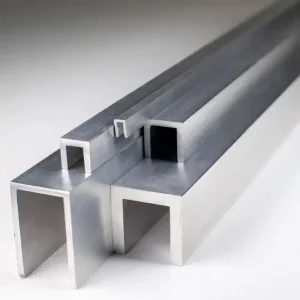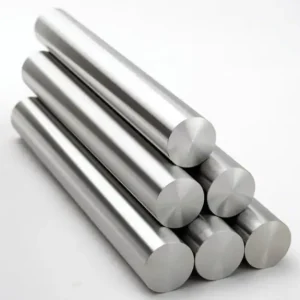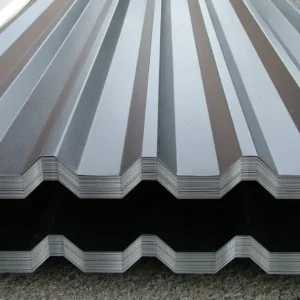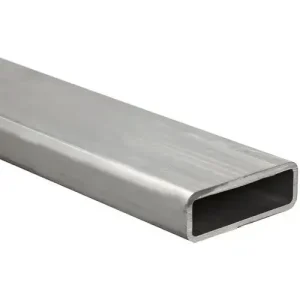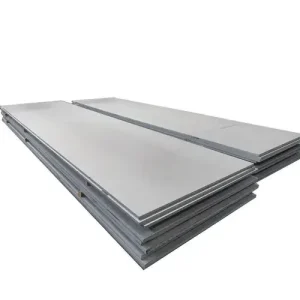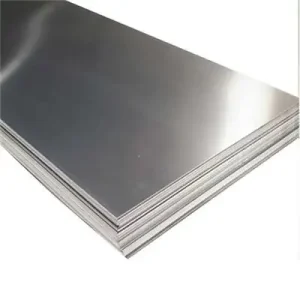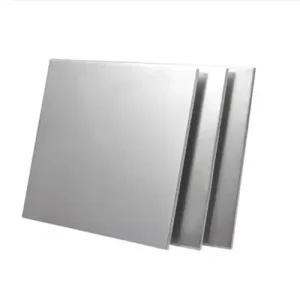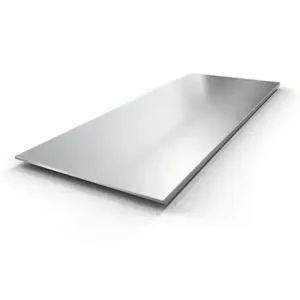Aluminum recycling prices in 2025 are expected to fluctuate based on various global economic factors, including demand from key industries, energy costs, and advancements in recycling technologies. As aluminum remains one of the most recycled metals in the world, its market dynamics are influenced not only by its recyclability but also by the global supply chain and environmental regulations.
1. Introduction to Aluminum Recycling
Aluminum is highly recyclable, and this feature makes it an attractive choice for industries focused on sustainability. In fact, about 75% of all aluminum ever produced is still in use today. The recycling of aluminum not only saves energy but also significantly reduces the need for new raw materials. As we approach 2025, the global demand for recycled aluminum is expected to rise, driving price fluctuations and influencing market trends. Recycling prices for aluminum are impacted by various factors, such as energy costs, global supply chain disruptions, and technological advancements in recycling processes.
2. Aluminum Recycling Process: An Overview
The recycling process involves collecting aluminum scrap, melting it down, and then reforming it into new products. This process requires far less energy than producing new aluminum from bauxite. For example, recycling aluminum saves up to 95% of the energy needed for primary aluminum production. This makes recycling not only economically attractive but environmentally critical. The recycling of aluminum can be broken down into several steps:
-
Collection: Aluminum scrap is gathered from various sources, including cans, automotive parts, and construction materials.
-
Sorting: The scrap is sorted by type and quality.
-
Melting: The sorted aluminum is melted at a recycling facility.
-
Forming: The melted aluminum is cast into new products.
3. Global Market Dynamics and Price Influences
Aluminum recycling prices are affected by several factors in the global market, including:
-
Supply and Demand: The primary factor influencing prices is the balance of supply and demand. If demand from industries such as automotive, construction, or packaging increases, the price of recycled aluminum tends to rise.
-
Energy Costs: Since aluminum recycling is energy-intensive, fluctuations in energy prices can directly impact recycling prices. For example, rising electricity costs in countries like the USA or China could cause a spike in recycling prices.
-
Global Trade: Trade tariffs and international relations play a significant role. Changes in trade policies could increase the price of imported scrap or aluminum products.
4. Projected Aluminum Recycling Prices for 2025
The projected prices for recycled aluminum in 2025 are expected to range from $1,300 to $1,500 per ton, depending on the region and market conditions. These projections are based on the assumption that the demand for aluminum products will continue to rise across industries, particularly in packaging and automotive.
| Region | Projected Price (per ton) | Key Influences |
|---|---|---|
| North America | $1,400 – $1,500 | High demand in automotive and packaging sectors |
| Europe | $1,350 – $1,450 | Strong recycling infrastructure, energy costs |
| China | $1,300 – $1,400 | Growth in infrastructure and industrial demand |
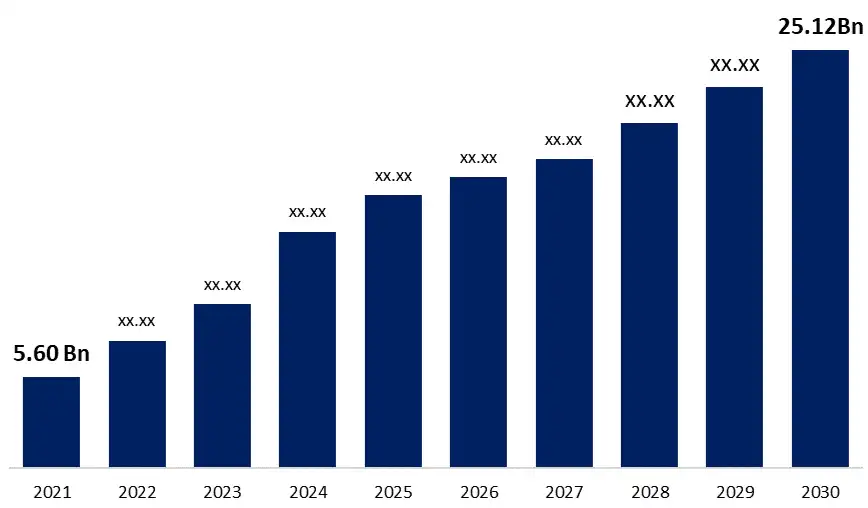
5. Key Factors Driving Price Changes
Several key factors can drive changes in aluminum recycling prices in 2025:
-
Economic Recovery: As global economies recover from the pandemic, demand for aluminum will rise, pushing up prices.
-
Energy Efficiency: Improved recycling technologies that reduce energy consumption will help stabilize costs.
-
Supply Chain Disruptions: The global supply chain for raw materials, including aluminum scrap, can be disrupted due to political tensions, natural disasters, or other global crises.
6. Price Comparison by Region (China, USA, Europe)
The price of recycled aluminum varies by region due to local market conditions, supply chains, and demand. In the USA, for example, the price is expected to be on the higher end due to increased demand from the automotive sector. Meanwhile, China is projected to see a slower price increase, as its aluminum market is heavily influenced by domestic production and international trade relations.
7. Technological Advances and Their Impact on Prices
Technological advancements in aluminum recycling are expected to make the process more energy-efficient, which could lower recycling costs over time. Automation in sorting and improved smelting techniques are two key areas where innovation is driving price stabilization. These advances will likely make aluminum recycling more competitive with primary aluminum production.
8. Case Study: Aluminum Recycling in North America
A case study from a major recycling facility in North America highlights how innovations in technology and better waste management have led to a 20% decrease in recycling costs over the past five years. By implementing advanced sorting systems and using energy-efficient furnaces, the facility has been able to increase its production efficiency while reducing operational costs. This has helped stabilize the price of recycled aluminum in the region.
9. Environmental Regulations and Their Influence on Prices
Environmental regulations will continue to shape aluminum recycling prices in 2025. Countries with stricter environmental policies may impose higher costs on producers who fail to meet recycling quotas. In the European Union, for example, the Circular Economy Action Plan aims to increase recycling rates, which will likely push up the demand for recycled aluminum.
10. Aluminum Recycling in the Automotive Industry
The automotive industry is one of the largest consumers of recycled aluminum. As electric vehicles (EVs) become more popular, the demand for aluminum will continue to grow, driving up prices for recycled aluminum. EVs use significant amounts of lightweight materials like aluminum to improve energy efficiency, and as the market for these vehicles expands, so will the need for recycled materials.
11. Frequently Asked Questions (FAQs)
1. What factors influence the price of aluminum recycling?
The price is influenced by factors such as supply and demand, energy costs, technological advancements, and global trade policies.
2. How much energy does aluminum recycling save compared to primary production?
Recycling aluminum saves up to 95% of the energy required for primary aluminum production.
3. Are aluminum recycling prices expected to rise in 2025?
Yes, prices are projected to rise due to increased demand, particularly from the automotive and packaging sectors.
4. How does technology impact aluminum recycling prices?
Technological advancements help reduce energy consumption and improve efficiency, which could lower recycling costs.
5. What are the key global regions for aluminum recycling?
Key regions include North America, Europe, and China, where recycling infrastructure and demand drive market trends.



